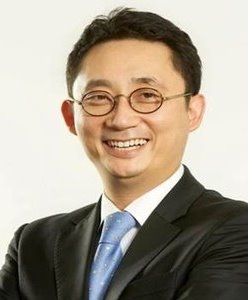The accident and sickness allowance is a system that compensates for income so that workers can focus on treatment if they have difficulty conducting economic activities due to injuries or diseases unrelated to their work.
This system is considered an important social safety net because it responds to the risk of income loss and poverty due to injury or illness and promotes workers' right to health. This system has its basis for enforcement by being defined as additional benefits in Article 50 of the National Health Insurance Act, but it has yet to be implemented.
Even the Labor Standards Act has no regulation that guarantees holidays or leaves due to sickness. It is natural, then, that Korean workers are often forced to work even though they are sick.

However, the outbreak of the Covid-19 epidemic more than two and a half years ago reignited the discussion of this system in earnest. That’s because the system can prevent the pandemic’s spread by keeping people with infectious diseases from going to workplaces by ensuring they can rest at home.
When the government announced the Korean version of the New Deal comprehensive plan in July 2020, it proposed the introduction of the Korean-style sickness allowance. Also, in the last presidential election, major candidates pledged it, and the incumbent administration has finally adopted it as one of its national agendas.
According to these discussions, the government planned to secure 11 billion won (7.65 million) from its 2021 budget, carry out pilot projects at 105 workplaces in six regions from July 4, 2022, and introduce the system in earnest from 2025. In the pilot projects, the government will pay workers 43,960 won a day, 60 percent of the minimum wage, during the period when they can't work.
The design and introduction of this system are regarded as an elaborate link between the gaps in the social welfare system, including the existing four major social insurance systems. But, above all, the biggest issue seems to be the size of the necessary financial resources and who will pay for them.
The necessary financial resources are estimated to be from 1 trillion won to 4 trillion won, although they can vary, depending on how they design the target and level of support and its minimum and maximum requirements for support.
Given the current financial conditions of the National Health Insurance Service (NHIS), the financial resources will take a lot of work to secure within NHIS. All the more so, the reorganization of the premium imposition method for local subscribers, as discussed now, will reduce its premium income by trillion won or more.
To introduce this system, health insurance subscribers have no choice but to pay additional premiums. As of March 2021, the number of subscribers totaled 27,206,000, and the average monthly premium paid by subscribers was 119,743 won.
Assuming that the financial resources required to introduce this system are about 2 trillion won, each person will pay an additional insurance premium of about 74,000 won per year. Simply put, they will have to pay half of the current monthly premium or the amount equivalent to the monthly premium once more.
When inflation continues, and various utility bills rise like now, it is difficult to guess how the government will solve this problem. However, during the last presidential election, when candidates adopted it as their campaign pledges, and even after the government adopted it as a national agenda, there was no word on how to finance it. Therefore, if the government introduces it without social discussion, including tax reforms, it will trigger another debate.
All these explain why I think a sufficient social consensus is a prerequisite for introducing the accident and sickness allowance system.

